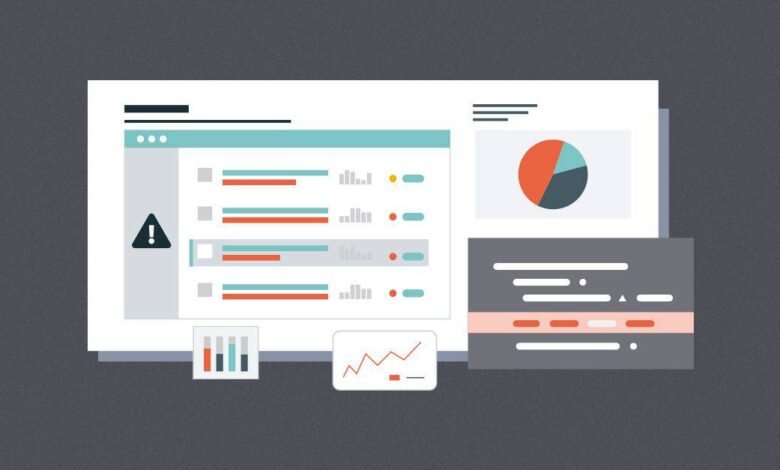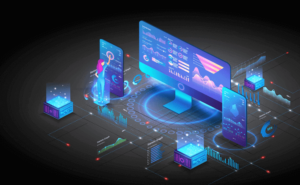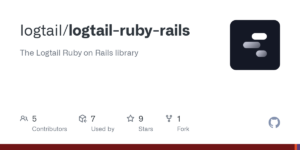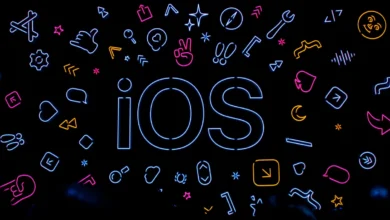The Official Sentry Conversions for 2023 Top 10

Do you know The Top 10 Official Sentry Conversions for 2023? In this essay, the top Sentry alternatives will be discussed. Sentry started as a side project to track the founders’ code and is now a Full-Stack APM service used by more than 3.5 million developers. The majority of programming languages, platforms, and frameworks, including JavaScript, Ruby, Node, Go, React, Rails, Angular, Laravel, Swift, and many others, are supported by Sentry, which was primarily created to monitor Python applications.
Sentry.io gives you the ability to monitor a wide range of languages and language frameworks with a self-hosted or SaaS solution. It enables distributed end-to-end tracing and enables you to pinpoint the precise API calls that have poor performance and the problems that go along with them.
The breadcrumb gathering feature of Sentry allows you to follow the sequence of events that lead to issues. You may monitor updates and the overall impact of recently pushed code by keeping track of version changes. Sentry also offers an enterprise-ready solution with extra features like cross-functional visibility.
Pros
- An effective technique for tracking errors
- There are numerous supported languages and frameworks.
Cons
- Available in both SaaS and self-hosted versions
- The entire stack is rather pricey because deploying a full observability suite with Sentry necessitates integration with numerous third-party products.
- Here are some of the top Sentry.io alternatives for 2023.
Top 10 Best And Official Sentry Alternatives in 2023

- Logtail
- LogRocket
- Dynatrace
- AppSignal
- Splunk
- Bugsnag
- New Relic
- Raygun
- Jaeger
- SigNoz
Official Sentry Alternatives are explained here.
1. Logtail

Logtail is a framework for organised log management that is built on ClickHouse. It permits log gathering, analysis, and visualisation in real-time.
For data gathering, Logtail supports all of the most popular programming languages and frameworks, including Python and Django, JavaScript and Node.js, PHP, Ruby,.NET, and more.
Logtail makes it possible to develop better software more quickly thanks to its cutting-edge integrated collaborative features, resource-saving ClickHouse, and aesthetically pleasing dark-mode UI.
Better Uptime and Logtail work together to create the entire observability solution with integrated incident management that makes up the Better Stack ecosystem.
With one-click Better Uptime integration, you can rapidly inform on-call team members of any irregularities in your application’s behaviour.
Regardless of whether the problem is with a specific log message or a known usage pattern.
2. LogRocket
You can replay sessions, evaluate the impact of frontend performance, look at end-user experience, track errors, and evaluate conversion-critical KPIs with LogRocket’s powerful frontend monitoring and product analysis tool.
You can monitor user journeys with LogRocket, receive warnings, integrate with third-party applications, and analyse the effects of UX issues all at the same time.
3. Dynatrace
The all-in-one monitoring solution from Dynatrace now comes with an APM tool for automatic observability for cloud-native services.
It offers root-cause and effect analysis, automatic discovery and mapping, end-to-end observability, monitoring for cross-platform apps, and multiplatform app monitoring.
It has a tonne of capabilities and is an enterprise-ready monitoring solution, which could initially make it expensive and difficult to use.
4. AppSignal
With the aid of the tool AppSignal, you can collect metrics from your application and get a general idea of how well it is performing on the front end and the back end, as well as host monitoring and problem tracking.
An anomaly analysis system that sends out specific preventative alerts engages when something is not functioning as it should.
The primary flaw is the lack of fundamental logging and monitoring features.
Read More: Full Version of Android 13 Beta 1 Includes Better Features
5. Splunk
Splunk’s APM offers a solution for application performance monitoring and debugging for cloud-native, microservice-based programmes.
It promises total fidelity, 100% trace accuracy, and AI anomaly recognition, finding, and mapping.
Splunk APM supports open, vendor-neutral instrumentation because it was a founding member of OpenTelemetry and contributes frequently, increasing flexibility.
6. Bugsnag
With Bugsnag, you can monitor and analyse Javascript programmes.
It offers cross-browser monitoring, detects writing problems automatically, & groups errors.
Three JavaScript frameworks—React, Vue, and Angular—as well as error reporting libraries are helpful. These libraries report specific data by hooking into the frameworks’ error handler. Examine WorkFlowy alternatives as well.
Additionally, Bugsnag offers multi-dimensional filtering options for browser, OS, user, and other filters.
Additionally, it offers implementation benchmarking, breadcrumb gathering, automatic diagnostics, stack tracing, and start mapping.
Bugsnag offers both SaaS and self-hosted deployment options.
7. New Relic
New Relic offers a variety of monitoring services, including APM, K8s monitoring, ML Model Monitoring, Log Management, Synthetics, and more.
8. Raygun
Raygun allows you to monitor the performance and flaws of JavaScript web apps and also collects data for more in-depth diagnostic and performance analysis.
provides real-time application performance-related issues for both web and mobile applications.
It also compiles data on customer satisfaction, monitors errors and crashes, and provides code-level analysis of any downtime.
You can use in conjunction with RUM and Crash reporting to have a client-focused monitoring system with full observability.
9. Jaeger
You can monitor and troubleshoot distributed systems built on microservices with Jaeger, a spread tracing system inspired by Dapper. It was produced by Uber and then given to CNCF.
Jaeger supports the open-source NoSQL database backends Cassandra and Elasticsearch.
Jaeger enables root cause analysis, server dependence analyses, performance and latency optimization, and transaction monitoring.
10. SigNoz
APM tools can be replaced with SigNoz, an open-source programme that is MIT-licensed.
You may monitor metrics, traces, and log management using this full-stack observability solution.
SigNoz supports OpenTelemetry for instrumentation and offers pre-built graphs and visualisations.
Either Kafka+Druid or the OLAP database ClickHouse power the backend.
The Query service is built into GO, while Typescript powers the front end.
Conclusion
Finally, we looked at Sentry, one of the most popular tools for monitoring application performance. Then, we included a list of the Best Sentry alternatives, which range from cost-free to enterprise-focused options, as well as a few open-source APM tools that are worthwhile checking out.










